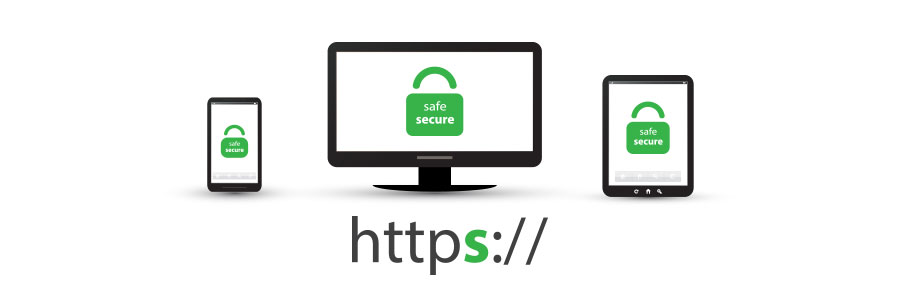As tax season looms, so do phishing scams. For cybercriminals, this is the ideal time of year to deceive unsuspecting individuals into releasing sensitive private or company information. Businesses must therefore take extra precautions between now and April 17th to avoid hackers from selling your confidential data in the dark web.
Gearing up for phishing scams in tax season
What private browsing can and can’t do
Why your phone has slow internet speed

Have you ever gotten frustrated with your phone because the browser took more than five minutes to load? Before you start blaming your old phone, check out these four reasons that might be the cause of sluggish internet connection.
Router location
One simple yet overlooked reason why your WiFi-connected phone may be experiencing internet lag is because of your router’s location.
Quick recoveries with external IT support
How to optimize Office 365

Maximizing your Office 365 investment is easier said than done. Sure, you use Outlook and SharePoint all the time, but there are loads of features you’re probably not using. If you’re looking for ways to make the most out of your Office 365 subscription, you’re in luck because that’s what we’re discussing today.
Equifax finds more users hit by major breach
How to leverage social media effectively

Nearly everyone uses social media. And whether you run a small- or medium-sized business (SMB) or multinational conglomerate, social media platforms are great for their broad audiences, low costs, and high returns. But without careful planning, marketing in these communities can do more harm than good.
Making the most of Alexa in the office
Google Drive now allows comments on MS files

Google recently launched a new feature on Google Drive that will improve collaboration. Users can now use a combination of Microsoft Office and G Suite while working with their teammates and clients. This update allows them to conveniently comment on Office files, images, and PDFs in the ‘Preview’ pane of Drive.
Safe web browsing requires HTTPS

Very few internet users understand the meaning of the padlock icon in their web browser’s address bar. It represents HTTPS, a security feature that authenticates websites and protects the information users submit to them. Let’s go over some user-friendly HTTPS best practices to help you surf the web safely.






